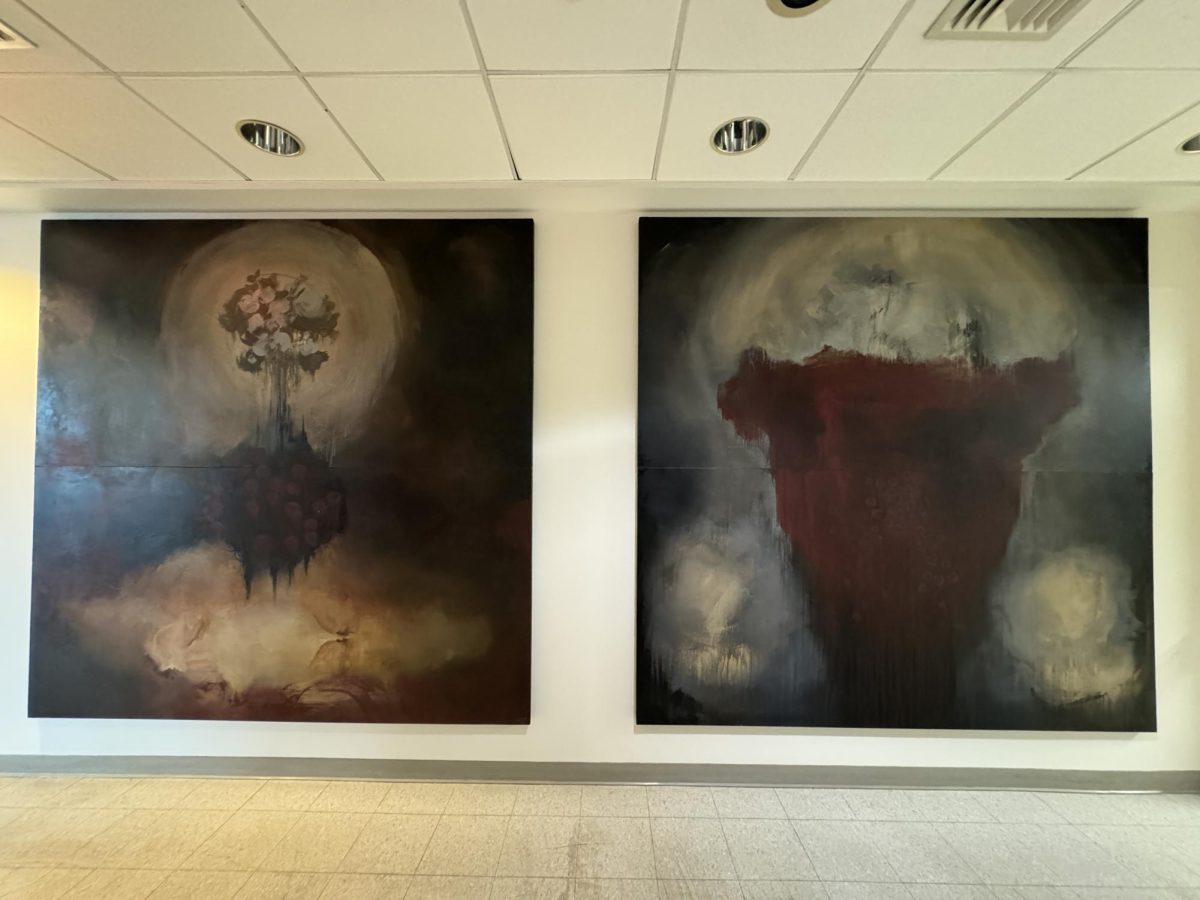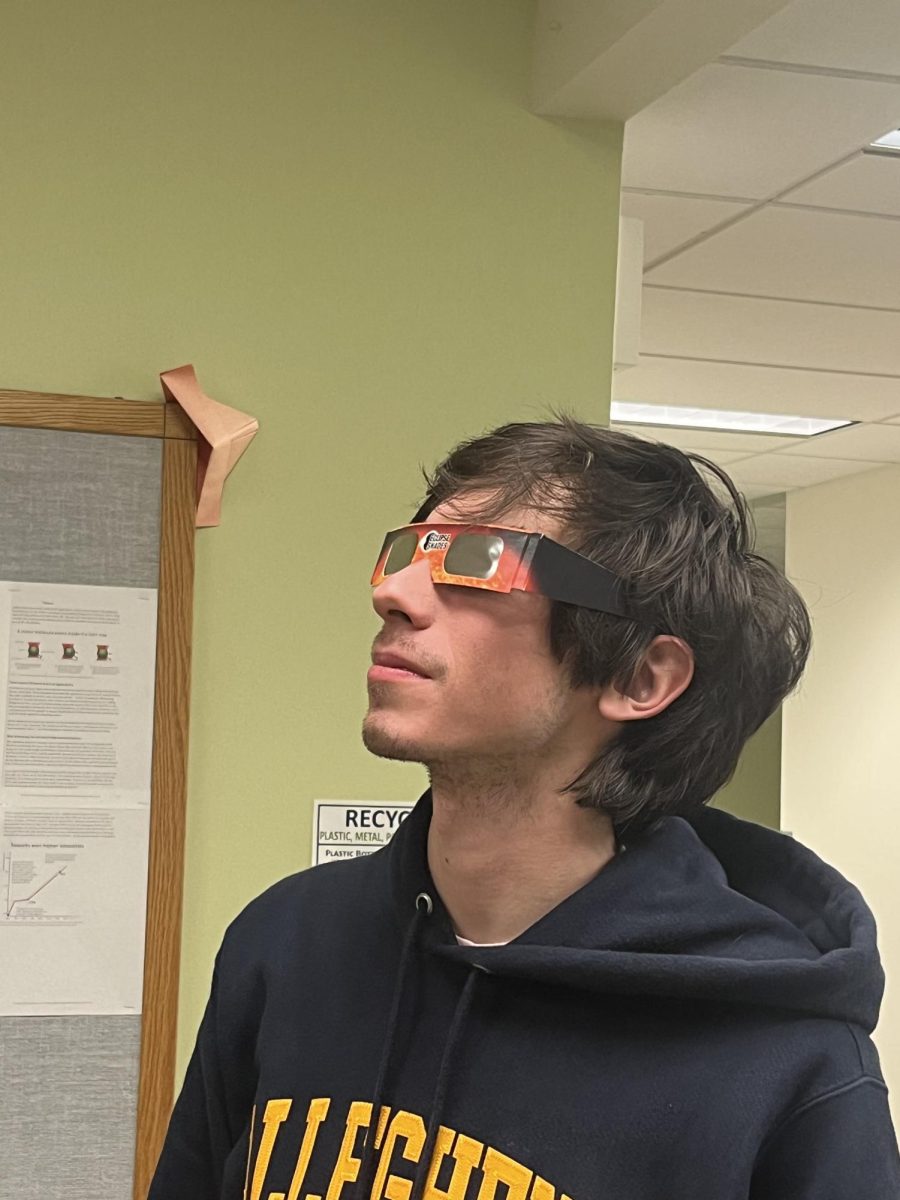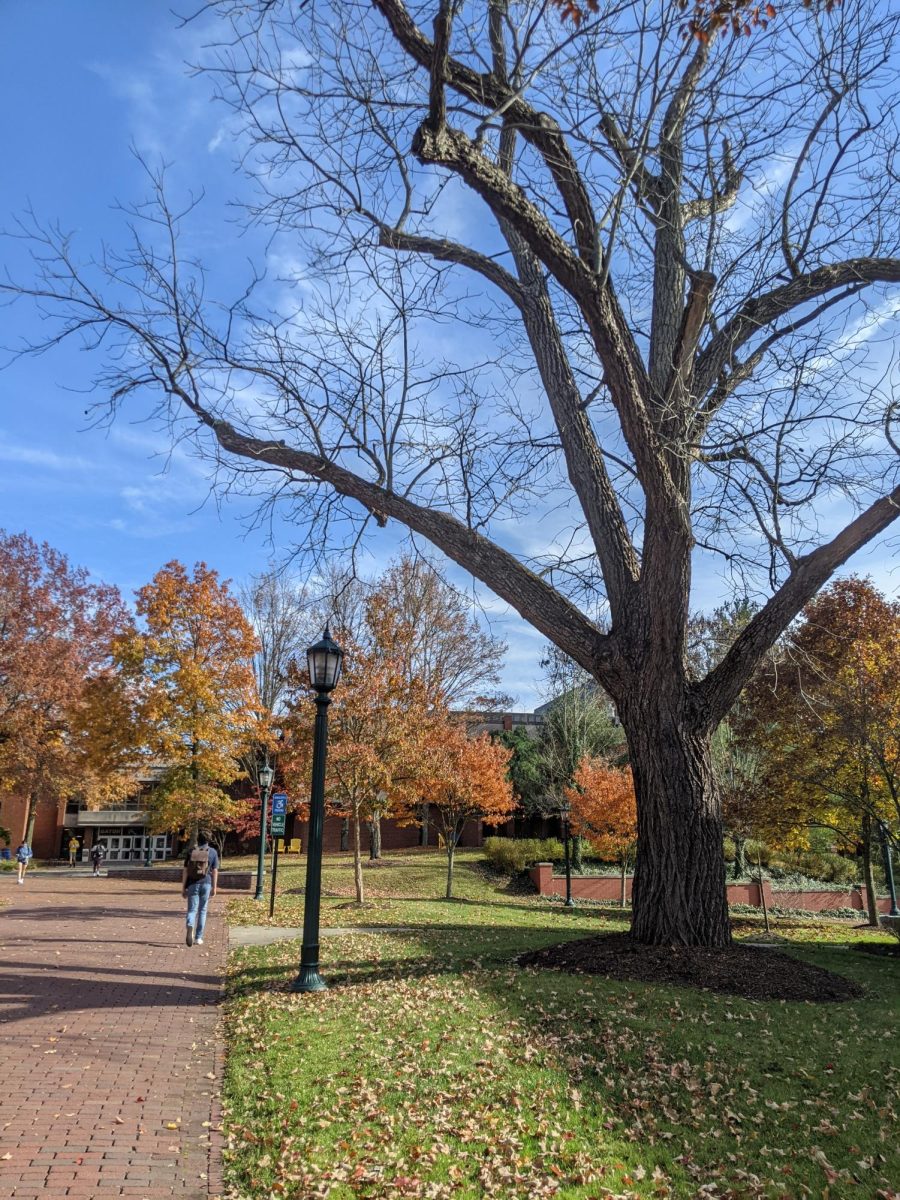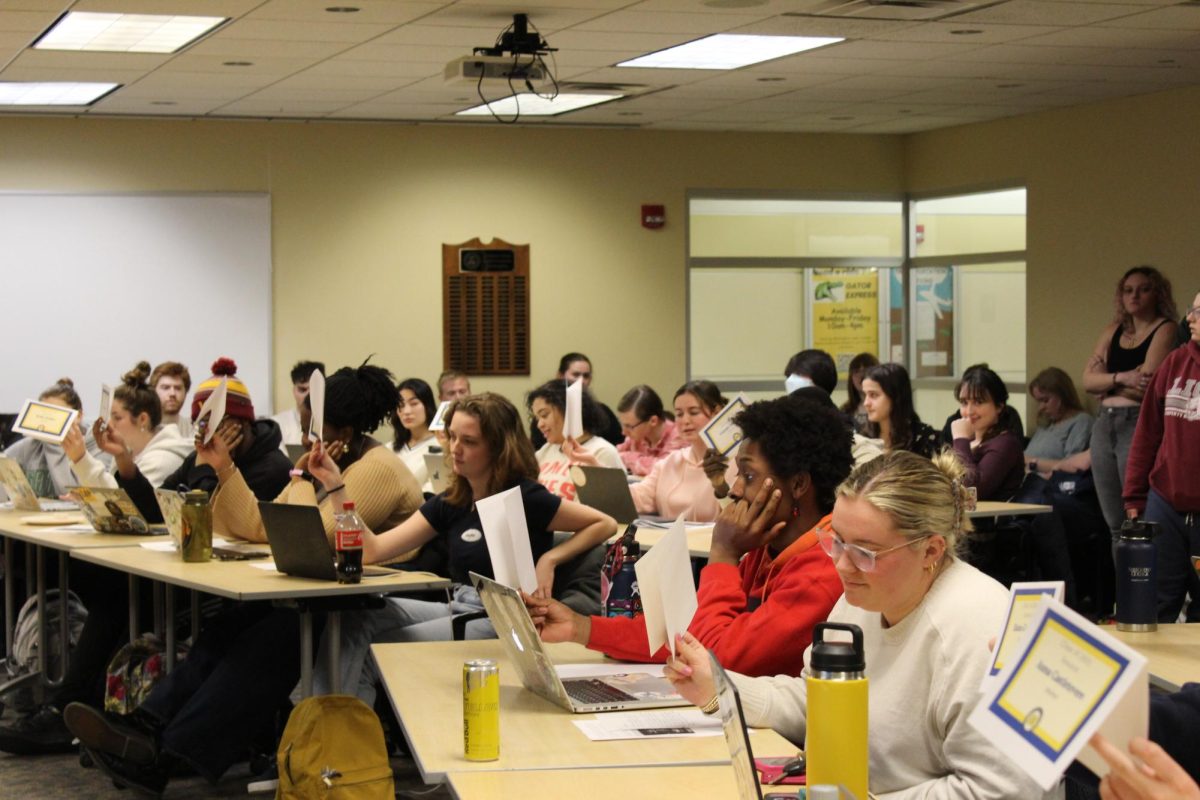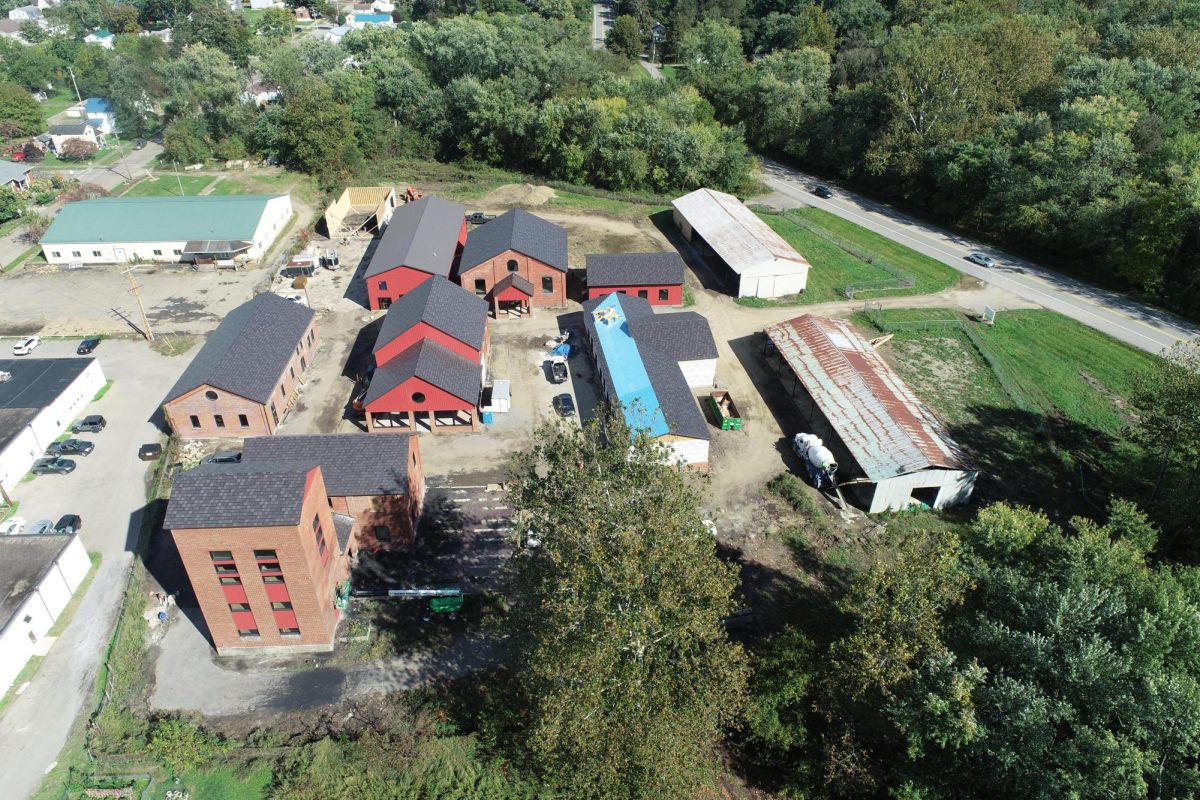The Hubble Space Telescope has been active for over 30 years since its launch on April 24, 1990, according to NASA. Observing primarily visible and ultraviolet rays, Hubble has allowed astronomers to capture the earliest images of the universe.
“One neat thing about astronomy is that, the farther away you’re looking at something, the further back in time you’re looking, because you have to wait for the light to come from that far away object to you,” said Professor of Physics Jamie Lombardi.
Hubble not only revealed the galaxy to humanity, but also the telescope’s own limitations. According to NASA, Hubble can see very little infrared radiation, and is limited in how far away — and how far back — it can see in the universe.
Lombardi explained that, because of the constant expansion of the universe, the light that comes from it is stretched out to longer wavelengths. Light that is originally emitted in the ultraviolet range, which has very short wavelengths, is stretched out to the infrared the longer it travels.
Because of this, NASA saw a need for a newer, more advanced telescope that could see in the infrared. According to the Space Telescope Science Institute, planning for this bigger and better replacement started around 1995, and came to fruition this past year.
Enter the James Webb Space Telescope, successor to Hubble’s fortune. It was launched on Dec. 25, 2021, according to NASA’s website. It will also work almost exclusively in the infrared spectrum.
“With Hubble you can see back pretty far, you could see to roughly a billion years after the Big Bang, which was 13.8 billion years ago,” Lombardy said. “But, with James Webb we’re able to see back further, about a hundred million years after the Big Bang.”
Not only more sophisticated in its light spectrum, the Webb telescope also dwarfs the Hubble in size. According to NASA, Webb’s primary mirror has about six times more collecting area than Hubble, allowing much more light to be captured, and universe to be observed.
“The larger the telescope, the more light it can bring in to make clearer images,” Charles Gibson, ’25, co-president of the Astronomy Club, said. “So one of the really cool things about this telescope is it allows us, because it’s so big, to see farther back in time, because you can see light from an earlier point in the universe.”
The Webb Space Telescope has become a regularly-discussed topic at Astronomy Club meetings.
Gibson and co-president NealeyClare Wheat, ’25, explained that rather than orbiting the Earth like its predecessor, Webb orbits the sun in what is called a Lagrange Point, allowing it to conserve fuel and remain the same distance from the Earth.
“It basically stays in the gravitational pull enough to where it will stay in the same point (relative to Earth),” Wheat said.
Orbiting in this point allows Webb to also keep itself constantly oriented with its back to the sun, and its heat shield between them. According to NASA, this tennis court-sized heat shield will keep the telescope at around -370 degrees — its optimal operating temperature.
Unlike Hubble, which was designed to receive upgrades after being launched, the Webb telescope will most likely remain untouched for the duration of its ten-year mission.
“They originally had intended to have enough fuel for a 10 year run, but it’s hopefully now going to be operational for 20 years, because they were able to conserve fuel so well getting it into place,” Lombardi said. “Everything is working as well or better than astronomers predicted.”
The increased sophistication of the Webb telescope meant it took a lot of time and money to get the project out of the atmosphere. According to NASA, the entire project has cost around $10 billion so far.
However, the project is proving to be well worth it, as the photos being taken by Webb are already helping astronomers refine their conclusions about the universe at large.
“One surprise to astronomers is that they found a lot more disc galaxies than perhaps they anticipated,” Lombardi said. “If anything the Webb telescope has done nothing other than to bolster our confidence in the existence of the Big Bang.”
Despite the astronomical cost and time commitment, the project is well into its prime now, and promises even more discoveries as it continues. Interest in space and the universe has spiked in the wake of the photos’ release.
“We know more about space than we do about our own oceans,” Wheat said. “I think we know (more) about space because we’re all, like, mesmerized by it. Like we all want to learn more.”
The Astronomy Club meets in room 303 of the Campus Center every Wednesday from 5-6 p.m. Wheat described the club as a place to share interests and information between people who are all interested in the same thing: space.
“The club is interested in (the Webb Telescope) because this is all breaking information,” Wheat said. “We’re getting ‘space news’ by the information NASA is sending to the world through the telescope.”
“We are basically just capturing more information that we can share with more people,” Wheat said, much with the spirit of the James Webb Telescope itself.
Categories:
Webb dazzles the web with stunning space photos
September 16, 2022
Story continues below advertisement
0
More to Discover



